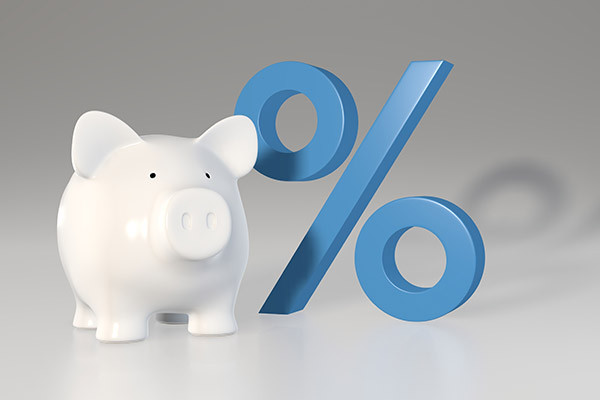Consider long-term goals with farm refinancing decisions.
Interest rates are low, and it’s enticing many farmers and ranchers to refinance ag debt to capture savings the marketplace is offering.
Low interest rates don’t automatically mean refinancing farm debt will save you money in the long run. It depends on how current financing is structured and how much interest you’re actually paying right now. Sure, you may lower payments, but it’s important to consider variables like repayment capacity, overall liquidity and equity positions in determining if it is indeed a good thing to refinance to capture lower interest rates.
“When a customer asks me about refinancing farm debt, I always ask a question of my own: ‘What are your objectives?’ You need to think about whether you’re refinancing to improve cash flow or to reduce the term of the loan,” said Conterra Ag Capital Vice President Relationship Manager Jackie Mosier. “You have to determine if it’s advantageous, because sometimes it may not be. It starts by knowing what you are looking to accomplish.”
Once you know your objective, consider the debt you’re refinancing and evaluate the repayment progress, overall terms and your risk tolerance.
Repayment progress
Your repayment progress will essentially dictate whether refinancing to lock in a lower rate will pay off in the long run.
An amortization analysis can show you if refinancing will benefit you. If you are well into a long-term financing deal, you are likely paying more towards principal than interest, given that most financing terms frontload interest in those early payments. If that’s the case and you’re essentially paying mostly principle, refinancing farm debt may actually be to your detriment since it will restart payments where a larger percentage will consist of interest. Though the rate will be lower than your original loan terms, it will still add to your overall financial obligation.
“If you borrowed $1 million five years ago and are paying a 5% fixed rate but can get it down to 4%, it probably makes more sense if you’re on an amortized principal/interest payment. Theoretically, you’ve paid more interest than principal,” Mosier said. “If you’ve had that loan for 15 years, you’re probably paying more principal than interest at this point. So if you are considering a refinance, look at how much interest you’ve paid and how much you still have left to pay. If the former is a lot greater than the latter, it’s beneficial. But from a pure cash standpoint, if you’re going to be paying more interest after refinancing, it might not be beneficial.”
However, there are exceptions. For example, refinancing farm debt as part of a farm succession plan — even if you’re not a substantial amount of interest on current financing — may be the right decision; lower payments but longer loan terms may be necessary to help a successor establish his or her financial footing. Examples like this show the need to look beyond short-term cash flow when “penciling out” a refinancing decision.
Loan terms
Interest isn’t the only thing to think about when weighing refinancing. Think about how you leverage equity on your farm for things like future lending collateral. Refinancing may prevent you from accessing that equity in the future.
“Say you want to refinance a loan for 30 years, but you have loans you’re paying off in next couple years. If you refinance, your real estate is going to be tied up for 30 years instead of paying off in the next 7 to 10 years. That’s why I like to have a conversation about the benefit of looking at the overall costs,” Mosier said. “Does it make sense to your operation? Some people just see reduced payments and if that’s what they want, great, the opportunity cost is your equity is tied up and your debt for up to 20 more years. Consider if that’s something you want or need to do in order to obtain new real estate or diversifying your farm.”
Risk attitude
Mosier goes back to the initial questions she asks when a customer is considering refinancing. It’s most important to have a firm grasp on your costs and break-evens, as well as how much risk you’re willing and able to shoulder in making a change that could have financial implications for years. It boils down to your risk attitude, specifically whether you lean toward aversion or tolerance.
“If you don’t sit down and figure out where you are, you’re not going to know your risk tolerance because you don’t know what to look for or protect. If you know those things and know how refinancing will impact your balance sheet and risk in the long term, it’s a safe decision,” she said. “If it creates unease, you might want to step back and take a deeper look at it. Don’t make an arbitrary decision based only on low interest rates. Know what you need to do and how refinancing might contribute to those goals.”
If you’d like to discuss your options to refinance ag debt with a lender with a lot of experience in farm financial management, even in less-than-ideal situations, contact Conterra today.

